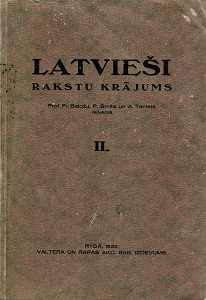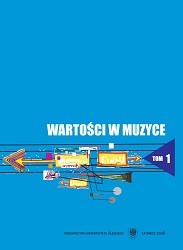
We kindly inform you that, as long as the subject affiliation of our 300.000+ articles is in progress, you might get unsufficient or no results on your third level or second level search. In this case, please broaden your search criteria.

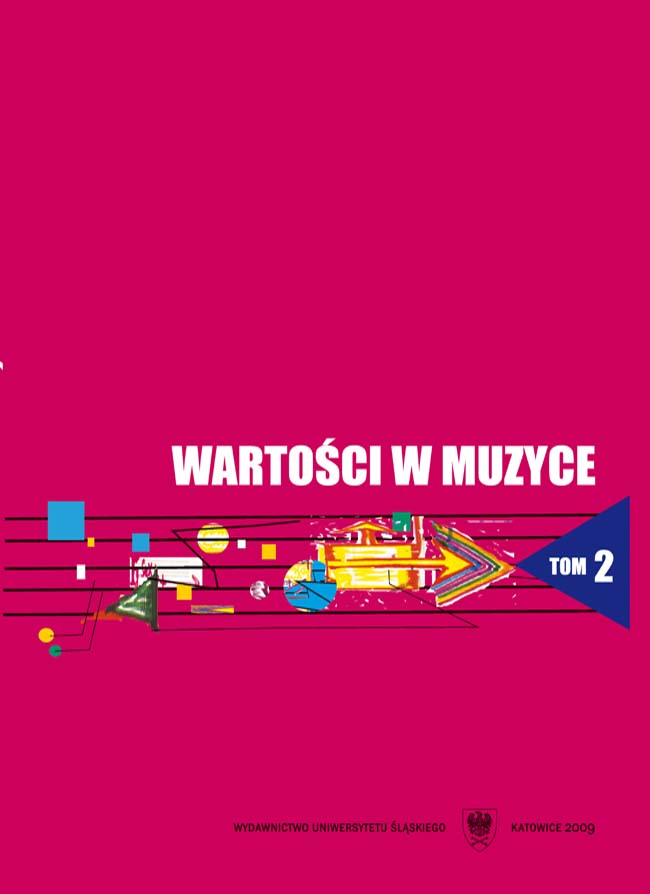
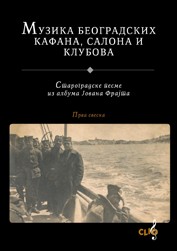
U prvoj svesci “Starogradske pesme” nalazi se izbor od deset najlepših i najpopularnijih starogradskih pesama između dva rata, među kojima posebno mesto zauzimaju”Kreće se lađa francuska”, “Tamo daleko” i ”Što se bore misli moje”.
More...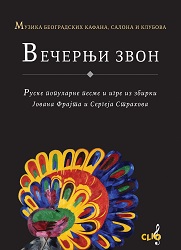
Posle Oktobarske revolucije brojni ruski umetnici emigrirali su u Kraljevinu SHS i doneli svoje narodne i zabavne pesme, koje su u srpskoj prestonici ubrzo postale veoma popularne. Srećna okolnost je bila ta da je u to vreme (od 1920.) u Beogradu već postojala velika i uticajna (najveća tada na Balkanu) izdavačka kuća Muzikalije Jovana Frajta, koja je u svoj projekat Narodna izdanja (Edition populaire) uvrstila objavljivanje te dragocene ruske, a uskoro i naše, muzičke baštine. Jovan Frajt (češki muzičar koji od 1903. živi i deluje u Beogradu kao violinista, dirigent, kompozitor i izdavač), vlasnik te izdavačke kuće, ostvaruje saradnju sa dvoje „naših“ Rusa koji su svoju umetničku karijeru izgradili u srpskoj prestonici ostavši joj verni do kraja svojih života, a to su: poznata interpretatorka ruskih i ciganskih romansi Olga Jančevecka (Brest-Litovsk,1890 – Beograd, 1978) i kompozitor i prevodilac Sergej Strahov (Moskva, 1901–Beograd,1945). U nevelik broj notnih izdanja ruskih narodnih pesama Frajt uključuje i rusku popularnu (zabavnu) muziku koju objavljuje uglavnom u vidu manjih albuma što je praktikovao i kada su bile posredi npr. makedonske, slovenačke ili dalmatinske narodne i popularne pesme. Frajt je već u prvoj godini (1920.) svog izdavaštva objavio dve ruske pesme i to u sopstvenom aranžmanu za glas i klavir: Hrizanteme i Oči čarne (EF33), a sledeće i romancu Vihažu (EF127). Najveći broj ruskih pesama Jovan Frajt je objavio 1935. godine (oko 17). Među njima su i dve najpoznatije: Crveni sarafan (EF 744) i Dve gitare (EF 744). Ova izdanja ruskih popularnih pesama za nas imaju istorijski značaj. Ona s jedne strane upotpunjuje sliku sveokupnog doprinosa ruskih emigranata na polju naše muzičke umetnosti između dva rata. S druge strane ona su pored domaćih izdanja američkih i nemačkihih autora popularne muzike bila treća dominantna, a specifična komponenta koja je uticala na formiranje i razvoj žanra popularne (šlagerske) muzike u Srbiji. U trećoj svesci iz serije Muzika beogradskih kafana, salona i klubova, naslovljenoj Večernji zvon sabrano je 37 ruskih narodnih i popularnih melodija.
More...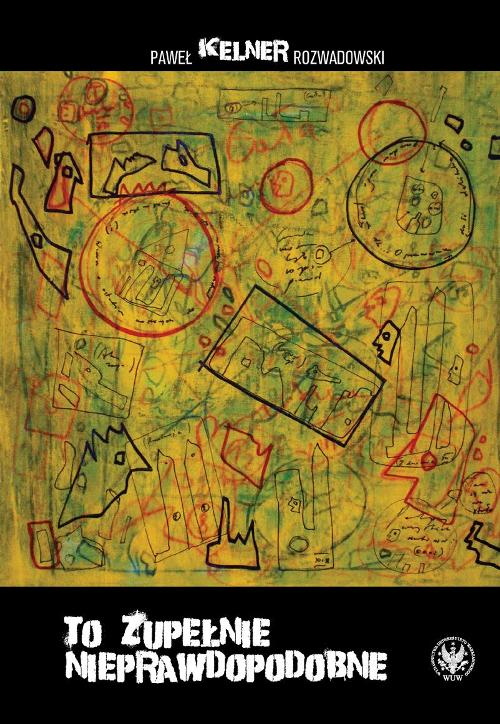
A book written by a singer, lyricist, composer, guitarist, one of the most important figures of Polish underground music. The publication perfectly reflects the atmosphere of the birth of punk and reggae in communist Poland and contains the portraits of top artists of this period.
More...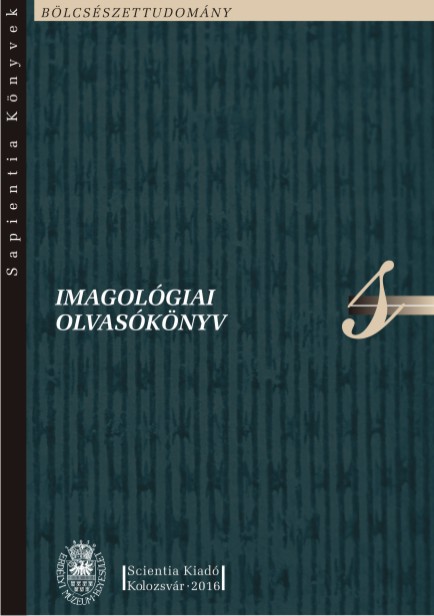
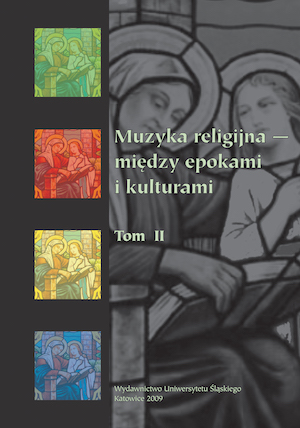
The film, being a synthetic work of art, has been connected with music which is beingincorporated into it, and performs different functions in it, since its existence. In the case ofthe film by Jerzy Kawalerowicz, the music was composed by Adam Walaciński specially forthe purposes of the film. The references to the musical tradition a psalm and choral one arevery clear.There exists a clear correlation between the visual and auditory sphere. Dualism of theworld presented centred around the space of the monastery and tavern, has its musicalcounterpart in the sound layer created by the compositions devoted to a female choir a capellaon the one hand, and frivol song sung by Małgorzata, one of the characters, in the tavernon the other hand. In such a way, the musical side of the film is largely limited, whichseems to match the esthetic assumptions of film makers aiming at deepening the expressionof asceticism, severity and simplicity. It is easy to find the elements pointing to the sourcesof inspiration: modeling the sound material on Middle Age scales, asceticism of the melodicline with the advantage of a syllabic singing, flexibilite within the scope of rhythmicisity, andthe appearance of the recitation of incipit psalms, finalis and repercusio sounds in Psalms byWalaciński despite the fact that they were performed by a female choir a capella (which isthe exception to the choral tradition deriving from the plot). All these factors make Psalmsclose to the genre assumptions, introducing, at the same time, a circle of references connectedto the notion of the sacred. In combination with the sphere of the profane, clearlyoutlined both in the visual and auditory layer, a coherent whole is created in which music byAdam Walaciński does not only complete, but, definitely, deepens and develops the pictureby Jerzy Kawalerowicz.
More...
The work aims to show the relationship between the 20th century Polish music and thetradition of religious ceremony of the East and the West, on the basis of the works byKrzysztof Penderecki, a contemporary composer. The relations in question concern, amongother things, the subject-matter, the choice of verbal texts, references to particular religiouscelebrations (formal structures and means used in them) and their functions, and, finally,references to the music symbolism connected with the sphere of the sacred strengthened inthe tradition. In works by Krzysztof Penderecki, the very references are strongly diversifieddespite the fact that it is connections with the tradition of the West that dominate, and theaim of the composer is to “re-construct a metaphysical space of man damaged by the 20thcentury cataclysms”.
More...
The first Congress of the Liturgical Music of the Archidiocese in Katowice, organized bythe Committee of Sacred Music at the Theological Department at the University of Silesiaand the Academy of Music as well as the Silesian branch of the Polish Association of Choirsand Orchestras took place on 21—23 October 2005 in the Archidiocese in Katowice. Ba-sically, the congress days were devoted to the organic and vocal music, however, the last ofthem was announced A Day of Liturgical Music in the Archidiocese. The programme of par-ticular days consisted in lectures, concerts, and model liturgy celebrations.
More...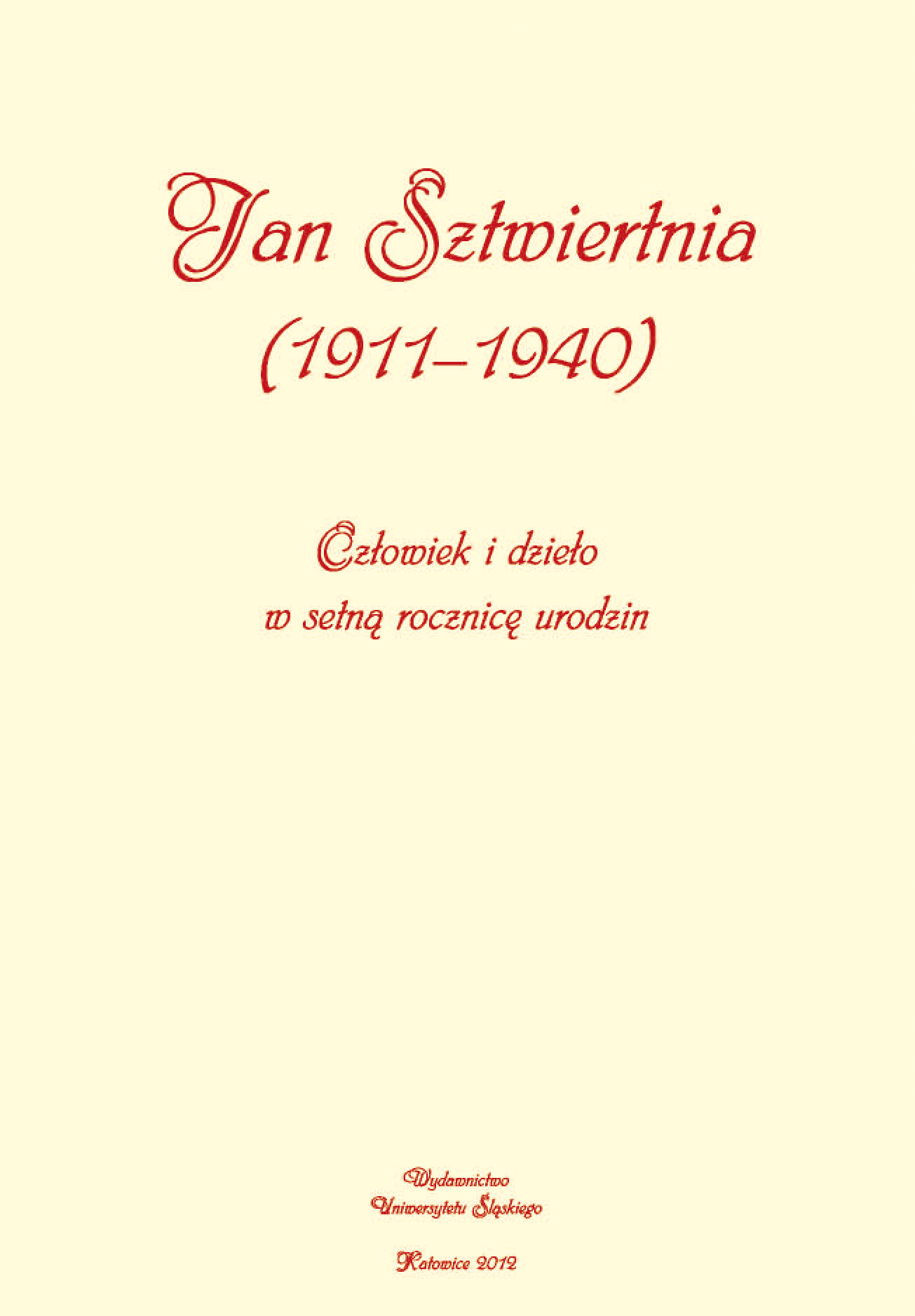




![„[…] przeważnie siedzę w swej klatce i stawiam kropki […]”](/api/image/getbookcoverimage?id=document_cover-page-image_1060779.jpg)



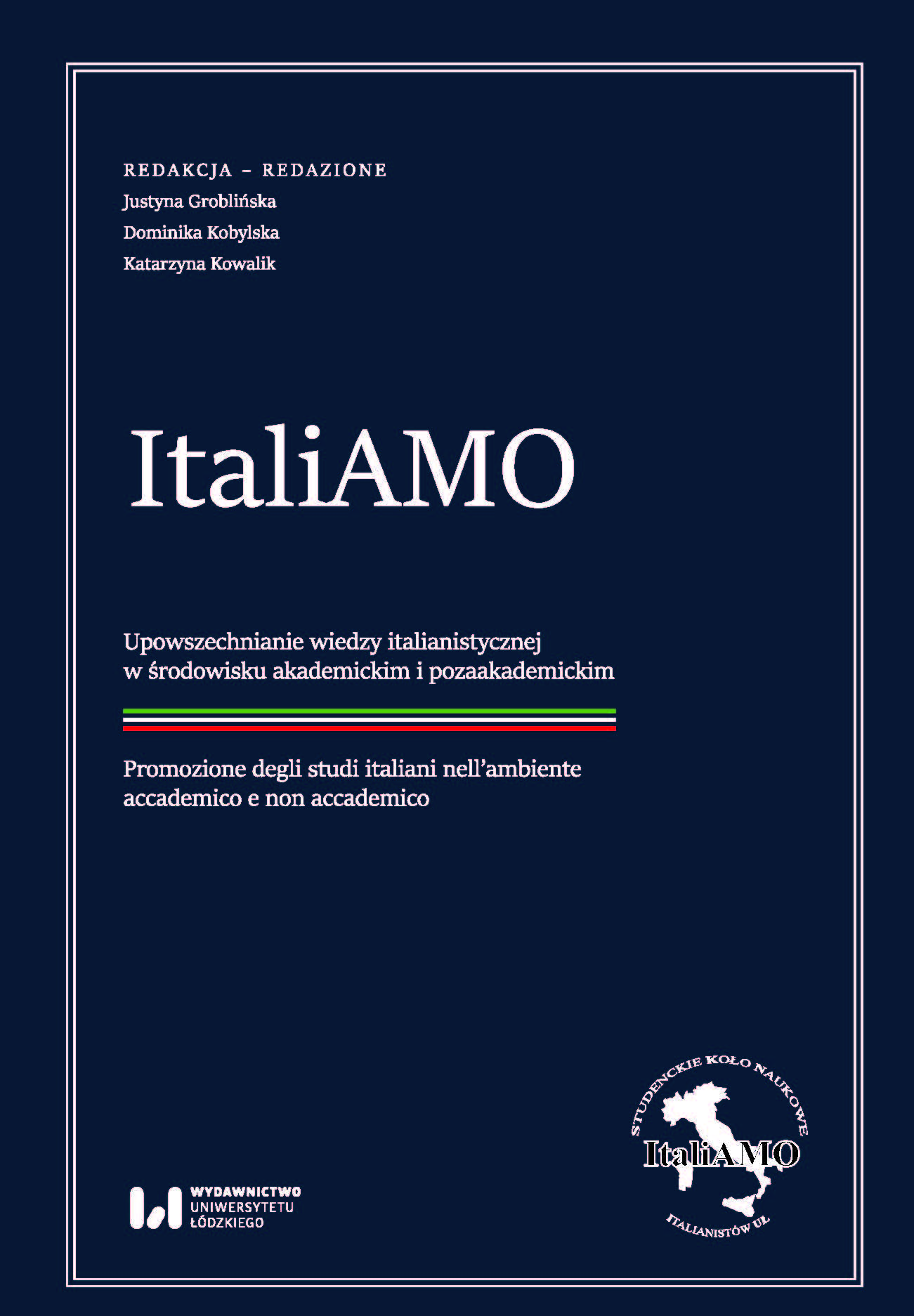
The text presents the interview with the pianist Jakub Kamiński conducted by a group of first grade students of Italian Studies. The musician talks about his professional path, inspirations, didactic work and shares the memories from his concerts. The interviewed is translated to Italian and English.
More...